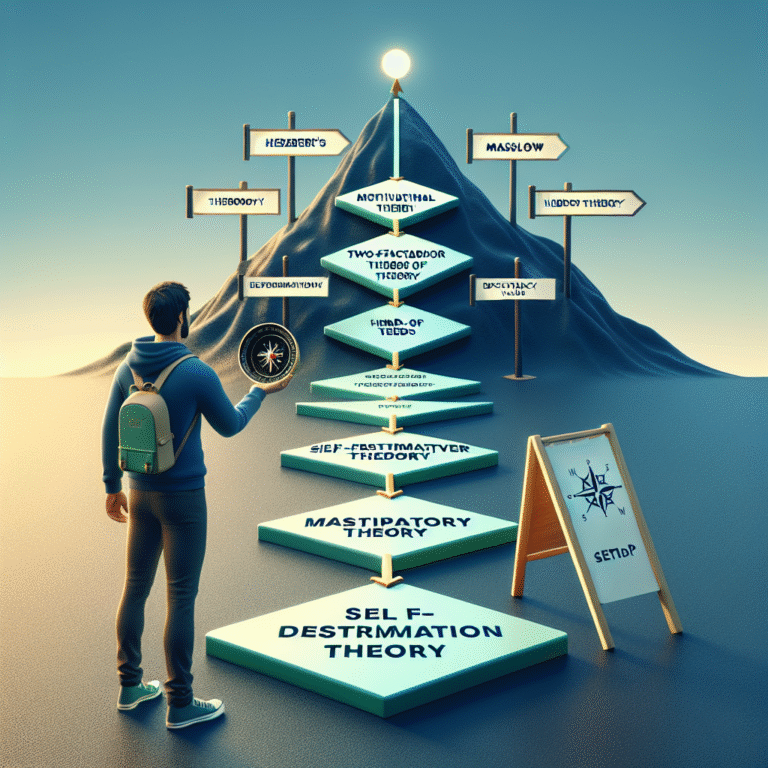
Introduction
In today’s rapidly changing world, the ability for children to adapt, learn, and grow has never been more critical. The modern educational landscape is filled with challenges—from unexpected shifts to technological advancements—that require students to not just accept change but thrive in it. Enter the concept of a growth mindset: the idea that intelligence and abilities can be developed through hard work, dedication, and perseverance. Teaching kids to thrive by fostering a growth mindset in education is not merely a trend—it’s essential for building resilience and preparing the next generation for success.
As educators and parents, fostering this mindset helps cultivate a generation that sees challenges as opportunities, embraces feedback, and is motivated by the prospect of lifelong learning. This article will delve deep into how we can nurture a growth mindset in our educational systems, offering valuable insights, case studies, and actionable strategies. Let’s embark on this journey together!
Understanding Growth Mindset
What is a Growth Mindset?
A growth mindset, a term popularized by psychologist Carol Dweck, contrasts with a fixed mindset, where individuals believe their abilities are static and unchangeable. A growth mindset empowers children to see effort as a pathway to mastery, encouraging them to embrace setbacks as learning opportunities rather than failures.
The Importance of a Growth Mindset in Education
In the classroom, fostering a growth mindset can lead to increased motivation, enhanced performance, and improved attitudes towards learning. Research indicates that students who believe they can improve with effort tend to achieve higher academic success. This evidence underscores why teaching kids to thrive: fostering a growth mindset in education is not just beneficial but necessary.
| Key Benefits of a Growth Mindset in Education |
|---|
| Increases resilience and adaptability |
| Enhances academic performance |
| Promotes a love for learning |
| Fosters collaboration and creativity |
| Encourages lifelong learning and development |
Strategies for Fostering a Growth Mindset
1. Consistent Messaging and Language
The language we use can have a profound impact on how children perceive challenges and their abilities. Teachers and parents should model growth-oriented phrases. Instead of praising a child for being "smart," it’s more beneficial to acknowledge their effort: "You worked really hard on that math problem!" This reinforces the idea that effort leads to improvement.
2. Emphasize Effort Over Outcome
When assessing student performance, it’s crucial to focus on the effort instead of merely the results. Implementing practice tests that allow for failures can help students understand that mistakes are part of the learning process.
Case Study: The "Fail Forward" Initiative
At Central High School, educators initiated the "Fail Forward" program, where students were encouraged to submit work that wasn’t perfect. The results? Students became more engaged and motivated to improve, resulting in a 20% increase in overall academic performance in less than a year. This illustrates the power of teaching kids to thrive: fostering a growth mindset in education—showing them that recovery from failures is not only acceptable but encouraged.
3. Provide Constructive Feedback
Constructive feedback is invaluable in promoting a growth mindset. It helps students understand their strengths and areas for improvement. Teachers can create a feedback loop where students can practice revising their work after receiving feedback, solidifying the learning experience.
4. Encourage Goal Setting
Setting specific, measurable goals can foster a sense of ownership over one’s learning journey. When students set their learning objectives and articulate how they plan to achieve them, they begin to see themselves as capable learners.
| Goal Setting Framework |
|---|
| Specific |
| Measurable |
| Achievable |
| Relevant |
| Time-bound |
5. Create a Safe Learning Environment
A supportive classroom environment is pivotal. When students feel safe to express themselves and make mistakes, they are more likely to take risks and engage deeply with their learning. Encouraging peer support and collaboration fosters belonging and community.
6. Celebrate Incremental Progress
Highlighting small wins is crucial for reinforcing a growth mindset. Celebrating progress—regardless of how minor—reminds students that every step forward is valuable in their learning journey.
Overcoming Challenges in Fostering a Growth Mindset
Common Obstacles
Despite the benefits of fostering a growth mindset, educators may encounter challenges, such as:
- Resistance from students accustomed to fixed mindset thinking.
- Lack of training or resources for educators to teach effectively.
- Parental beliefs that may conflict with growth-oriented practices.
Solutions
-
Professional Development: Schools should invest in training teachers to understand and implement growth mindset principles effectively.
- Community Engagement: Involve parents in workshops that educate them about the growth mindset, reinforcing these principles at home.
Real-World Applications of Growth Mindset in Education
Global Perspectives
Many educational systems worldwide are incorporating growth mindset strategies. For example, schools in Finland prioritize student well-being and resilience, resulting in high academic performance.
Case Study: Finland’s Flexible Learning Environment
Finland’s approach—prioritizing student choice, collaboration, and resilience—has led to some of the highest educational outcomes globally. This strategy aligns perfectly with the concept of teaching kids to thrive: fostering a growth mindset in education, proving that when students feel empowered to learn, they achieve remarkable results.
Technological Integration
With the rise of educational technology, e-learning platforms are now incorporating growth mindset principles. Apps that adapt to student progress can help learners see their growth over time, making the abstract concept of growth more tangible.
The Role of Parents in Fostering a Growth Mindset
Parents are integral to the growth mindset journey. Their encouragement and support can reinforce what children learn in the classroom.
Strategies for Parents
-
Model a Growth Mindset: Parents should demonstrate growth-oriented behaviors in their own lives.
-
Encourage Curiosity: Instilling a love for exploration and discovery can help children embrace learning.
- Discuss Challenges Openly: Talking about their own struggles and how they overcame them can provide practical examples of resilience.
Conclusion
Fostering a growth mindset in education—teaching kids to thrive—is crucial for preparing our children for a future filled with uncertainty and opportunity. By implementing strategies that emphasize effort, resilience, and a love for learning, educators and parents can empower the next generation to embrace challenges and grow beyond their perceived limits.
Actionable Insights
-
Start Small: Identify one area in your teaching or parenting where you can incorporate growth mindset strategies.
-
Utilize Resources: Explore books, articles, and workshops on the growth mindset to further enhance your understanding.
- Create a Support Network: Collaborate with other educators or parents to share best practices and support each other in fostering a growth-oriented environment.
FAQs
1. What is the difference between a growth mindset and a fixed mindset?
A growth mindset believes abilities can be developed through effort, while a fixed mindset assumes abilities are static.
2. How can I encourage a growth mindset in my child?
Utilize encouraging language, focus on effort over results, and model resilience in your own challenges.
3. Can a growth mindset be taught?
Yes, it can be cultivated through consistent messaging, feedback, and supportive environments.
4. What age is appropriate for teaching growth mindset principles?
Growth mindset principles can be introduced as early as preschool and reinforced throughout a child’s education.
5. Are there any resources for parents and educators on growth mindset?
Many books, workshops, and online courses focus on growth mindset strategies. Notable authors include Carol Dweck and Angela Duckworth.
By embracing the principles of teaching kids to thrive: fostering a growth mindset in education, we lay the groundwork for a future of learners who are not only capable but also eager to tackle life’s challenges with passion and resilience.
















